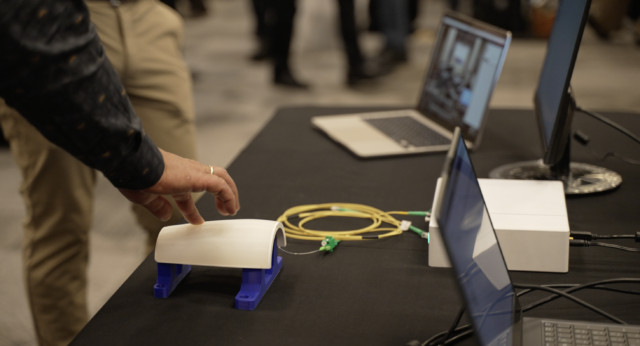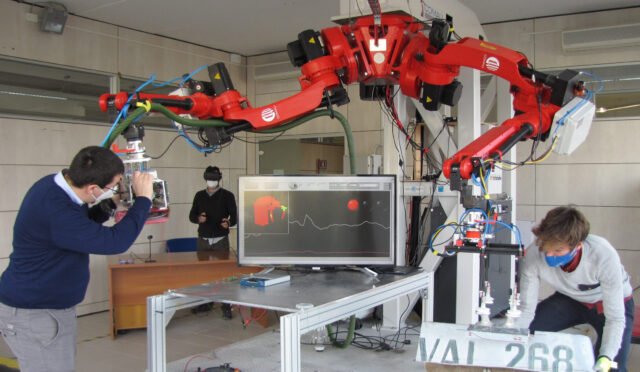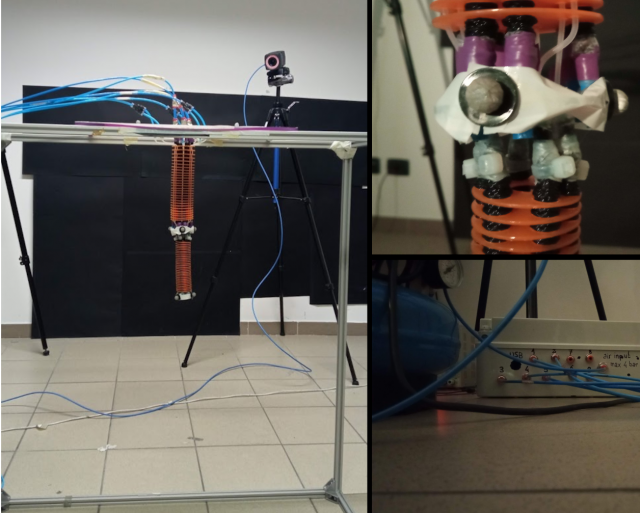HomeRobotic Database - Robotic platform | TERRINet

Robotic systems for high-fidelity neonatal simulation: training for medical doctors
Simulation-based training is increasingly emerging in Neonatal Intensive Care Units (NICUs), since high fidelity simulation has been confirmed as an effective instructional strategy to develop clinicians’ technical and non-technical skills needed for patient care.By exploiting a strong collaboration with neonatologists, dedicated devices have been designed and realized both for training in neonatal intubation and mechanical ventilation.
- An active, robust and reliable neonatal skill trainer that is able to provide clinicians with real-time information about the execution of the intubation procedure in terms of both force peak value, force distribution and timing. The system is based on the integration of different sensing elements into a commercial Laerdal® Neonatal Intubation Trainer.
- An innovative neonatal respiratory simulation system was designed for obtaining a high-fidelity representation of physiological pulmonary features and breathing patterns in infants.
Key features:
- Custom design for physiological simulation
- Active simulators for neonatal training in intubation and mechanical ventilation
- Possibility to re-design custom systems for high-fidelity clinical training
Possible applications:
- Neonatal resuscitation procedures
- Mechanical ventilation
- Neonatal intubation procedures
Technical specifications
| Software/Hardware: | Hardware and custom software |
| Active/Passive: | Active systems, i.e., sensors on board |
| Simulation: | High-fidelity simulation systems |
Access information
| Corresponding infrastructure | School of Advanced Studies Sant'Anna The BioRobotics Institute |
| Location | Viale Rinaldo Piaggio, 34 |
| Unit of access | Working day |








